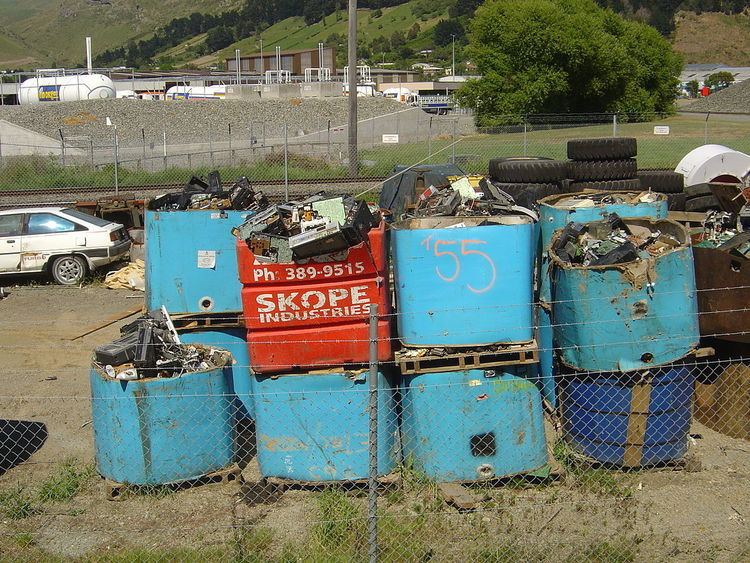 | ||
Electronic waste in New Zealand is an environmental issue being addressed by community and government initiatives.
Contents
Background
In 2006 there was an estimated 3.4 million televisions, 3.3 million mobile phones, 1.9 million computers and monitors, and 600,000 laptops. In the same year a survey showed that two thirds of respondents were willing to pay for safe disposal of electronic waste such as televisions and computers. The remainder were unwilling to pay anything or were unsure. The survey also showed that 85% were willing to take items to a neighbourhood collection point.
eDay
eDay is a nationwide collection programme for electronic waste which started in 2006. A total of 54 tonnes was collected in the first year of operation and by 2009 this had risen to 946 tonnes.
Legislation
New Zealand signed the Basel Convention in 1989 and ratified it in 1994. The Basel Convention is an international treaty to reduce the movements of hazardous waste between nations, and specifically to prevent transfer of hazardous waste from developed to less developed countries. Electronic waste can be of a type defined under the convention.
It was not until 2006 that the first application was made for export of hazardous waste under the Basel Convention.
Government initiatives
In 2010 the government put $750,000 towards the eDay event which is to be held in 40 different locations. Another $400,000 was allocated towards setting up collection depots and recycling centres around New Zealand.
